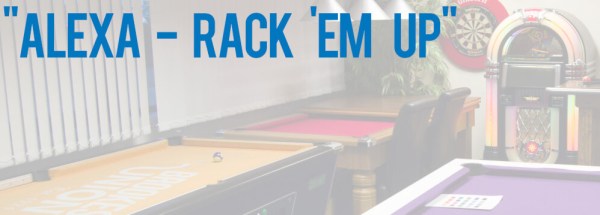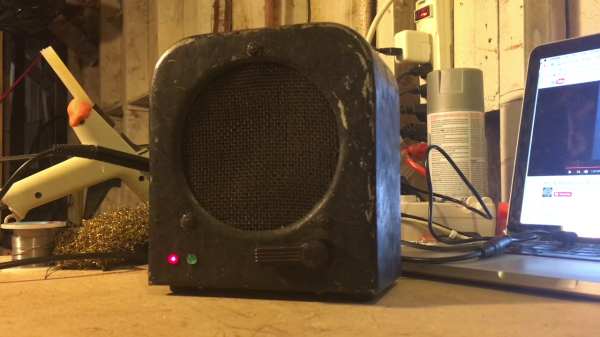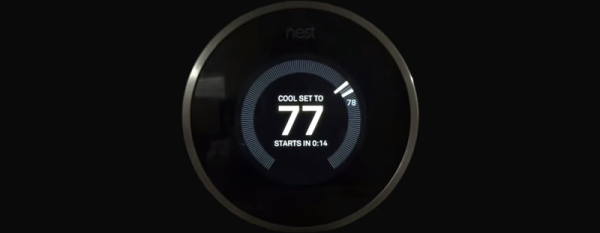It is an inevitability that following swiftly on the heels of the release of a new device there will be an announcement of its rooting, reverse engineering, or other revealing of its hackability. Now the device in question is the Amazon Echo, as MWR Labs announce their work in persuading an Echo to yield the live audio from the microphone and turn the voice assistant device into a covert listening device.
The work hinges on a previous discovery and reverse engineering (PDF) of Amazon’s debug connector on the base of the Echo, which exposes both an SD card interface and a serial terminal. Following that work, they were able to gain root access to the device, analyze the structure of the audio buffers and how the different Echo processes use them, and run Amazon’s own “shmbuf_tool” application to pipe raw audio data to a network stream. Astoundingly this could be done without compromising the normal operation of the device.
It should be stressed, that this is an exploit that requires physical access to the device and a bit of knowledge to perform. But it’s not inconceivable that it could be made into a near-automated process requiring only a device with a set of pogo pins to be mated with an Echo that has had its cover quickly removed.
That said, inevitably there will be enough unused Echos floating around before too long that their rootability will make them useful to people in our community. We look forward to what interesting projects people come up with using rooted Echos.
This isn’t the first time we’ve covered the use of an Echo as a listening device.
Via Hacker News.
Amazon Echo image: FASTILY [CC BY-SA 4.0].



 Today’s devices utilize two rather rudimentary parts to provide an interaction with users. The first is how the devices pattern match language; it isn’t all that sophisticated. The other is the trivial nature of many of the apps, or — as Alexa calls them — skills. There are some good ones to be sure, but for every one useful application of the technology, there’s a dozen that are just text-to-speech of an RSS feed. Looking through the skills available we were amused at how many different offerings convert resistor color codes back and forth to values.
Today’s devices utilize two rather rudimentary parts to provide an interaction with users. The first is how the devices pattern match language; it isn’t all that sophisticated. The other is the trivial nature of many of the apps, or — as Alexa calls them — skills. There are some good ones to be sure, but for every one useful application of the technology, there’s a dozen that are just text-to-speech of an RSS feed. Looking through the skills available we were amused at how many different offerings convert resistor color codes back and forth to values.













